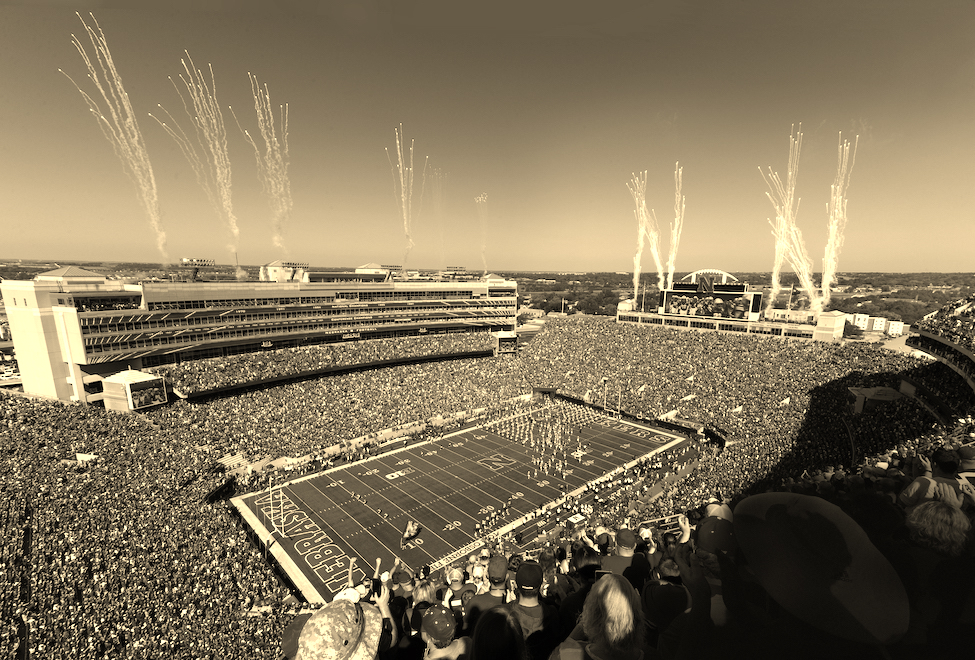School of Computing
College of Engineering
University of Nebraska-Lincoln
University of Nebraska-Omaha
This lab introduces the use functions, function prototypes and informal unit testing.
- Read and familiarize yourself with this handout.
- Read the required chapters(s) of the textbook as outlined in the course schedule.
For students in online section(s): you may complete the lab on your own if you wish or you may team up with a partner of your choosing, or, you may consult with a lab instructor to get teamed up online (via Zoom).
For students in the on campus section: your lab instructor may team you up with a partner.
To encourage collaboration and a team environment, labs are be structured in a peer programming setup. At the start of each lab, you will be randomly paired up with another student (conflicts such as absences will be dealt with by the lab instructor). One of you will be designated the driver and the other the navigator.
The navigator will be responsible for reading the instructions and telling the driver what to do next. The driver will be in charge of the keyboard and workstation. Both driver and navigator are responsible for suggesting fixes and solutions together. Neither the navigator nor the driver is "in charge." Beyond your immediate pairing, you are encouraged to help and interact and with other pairs in the lab.
Each week you should alternate: if you were a driver last week, be a navigator next, etc. Resolve any issues (you were both drivers last week) within your pair. Ask the lab instructor to resolve issues only when you cannot come to a consensus.
Because of the peer programming setup of labs, it is absolutely essential that you complete any pre-lab activities and familiarize yourself with the handouts prior to coming to lab. Failure to do so will negatively impact your ability to collaborate and work with others which may mean that you will not be able to complete the lab.
At the end of this lab you should be familiar with the following:
-
Understand how to design, write, and use functions
-
Know the difference between a function prototype and function definition
-
Modularity and using separate header and source files
-
Design test cases and write informal unit tests
Most programming languages allow you to define and use functions (or methods). Functions encapsulate functionality into a unit of code that can be reused. A function can be specified to take any number of inputs (called parameters or arguments) and return an output. Defining and using functions has several advantages. First, it facilitates code reuse. Rather than cutting and pasting a block of code, it can be encapsulated into a function and reused by calling the function anytime it needs to be executed.
Second, functions facilitate procedural abstraction. Often, we don't
care or need to worry about the implementation details of a certain
algorithm or procedure. By encapsulating the details in a function, we
only need to know how to use it (what inputs to provide it and what
output we can expect from it). We don't need to worry about how it
computes its result. For example, up to now you've been using the
standard math library's function to compute the square root of a number
Finally, functions naturally define a unit of code that can be easily tested. Typically, unit tests are designed with test cases which are input/output combinations that are known to be correct. Unit testing involves feeding the input to a function and comparing the output to the expected output. If they match, we say the test case passes, if not, we say it fails. Unit testing gives a higher level of confidence that our function's implementation is correct.
When defining a function, it is necessary to declare its signature. The signature of a function includes:
-
The function's identifier -- its name
-
The return type -- the type of variable the function returns
-
The parameter list -- the number of parameters the function takes (also called its arity) along with their types
In C, functions must be declared before they can be defined or used.
Functions are declared by defining prototypes: a declaration of the
function's signature followed by a semicolon. Prototypes are usually
placed into separate header files (with file names ending in
.h) and their definitions are placed into source files with the
same base name (but ending in .c). Function definitions repeat
the signature but are followed by a block of code that specifies the
instructions that will be executed when the function is called or
invoked.
We have provided partially completed programs for each of the following activities. Clone the lab's code from GitHub using the following URL: https://github.com/cbourke/CSCE155-C-Lab05.
Images are made up of individual pixels. Each pixel can be represented
using an RGB (red-blue-green) color scheme. RGB is generally used in
displays and models a color with three integer values in the range
Two common image filters are a black-and-white filter which transforms an image into an equivalent gray-scale image, and a sepia filter which transforms a photo to a reddish-brown monochrome to give it an old-timey look.
We have already written a substantial program that processes an image file and applies one of these filters. However, you will need to write the functions responsible for transforming an RGB value into a gray-scale or sepia RGB value.
To convert an RGB value to gray-scale you can use one of several different techniques. Each technique "removes" the color value by setting all three RGB values to the same value but each technique does so in a slightly different way.
The first technique is to simply take the average of all three values:
The second technique, known as the "lightness" technique averages the
most prominent and least prominent colors:
The luminosity technique uses a weighted average to account for a human
perceptual preference toward green, setting all three values to:
Note: in all three cases, the final value should be rounded before being returned (not truncated).
A sepia filter sets different values to each of the three RGB components
using the following formulas. Given a current
As with the gray-scale techniques, the final values should be rounded. Moreover, if any of the values exceeds 255, they should be reset to 255 to stay within the valid RGB color range.
We've provided some starter code with several functions already completed for
you. Design and write a "color utilities" library by implementing the
following functions. Note that you'll place your prototypes and documentation
in the colorUtils.h file and your function definitions in the colorUtils.c
file.
-
Write a helper function that returns the minimum of 3 integers. Name your function
min. -
Write a function that takes three integer values (RGB values) and uses the lightness technique to return the gray-scale value. Name your function
toGrayScaleLightness -
Write a function that takes three integer values (RGB values) and uses the luminosity technique to return the gray-scale value. Name your function
toGrayScaleLuminosity -
Write three functions to compute the three sepia-tone RGB values. You'll need three functions because a function can only return one value. Name your functions
toSepiaRed,toSepiaGreenandtoSepiaBluerespectively.
Your color library functions are used in an image manipulation program (already written for you) that converts images to gray scale and sepia.
As software projects become more complex, the commands, rules, and
order that you compile files becomes complex. A makefile codifies
these rules and automatically builds your entire project with a
single command.
We've provided a makefile which defines the rules and
dependencies required to build the image manipulation program. From
the command line, simply type
make
and it will produce an executable called imageDriver which you can
run just like you do with an a.out file. Run it once and it will
give you further details on how to use it (you provide an input
file, an output file name and an option for how to convert the image).
We'e provided several images but you can always upload your own.
If your functions are correct, the sepia image conversion should look
something like the following.
Testing is a fundamental step in software development. The most common types of tests are unit tests and the most common "unit" is a function. You may have already "tested" your functions by running the project and viewing the resulting images. However, for your final activity, you will write more automated unit tests to test your functions more rigorously.
Some starter unit testing code has already been provided in
colorUtilsTester.c. Each block of code calls a function with
some inputs and compares the return value to the expected output. If
they match, the test passes, if not it fails. A message is printed to
the user and the total number of passed/failed test cases is reported.
Using this starter code as an example, add more test cases for the other functions. You should write at least 1 test case for each function you wrote. In total, your output should have at least 20 passing test cases.
To compile this tester you can use the same make file and the following:
make colorUtilsTester
which produces an executable program called colorUtilsTester
-
Hand in your completed files:
-
colorUtils.c -
colorUtils.h -
colorUtilsTester.c
Be sure your program passes all tests to get credit.
-
-
Even if you worked with a partner, you are both required to submit all files.
Large projects require even more abstraction and tools to manage source code and specify how it gets built. One tool to facilitate this is a program called Make which uses makefiles--specifications for which pieces of code depend on other pieces and how all pieces get built and combined to build an executable program (or collection of executables). The use of modern IDEs has made the build process much more manageable, but make is still widely used. Several useful tutorials exist describing how makefiles can be defined and used.
We have provided a makefile for this lab. Read through the tutorials above and then read through the makefile and understand how it works. Write your own makefile for your next assignment to simplify the compilation process.

